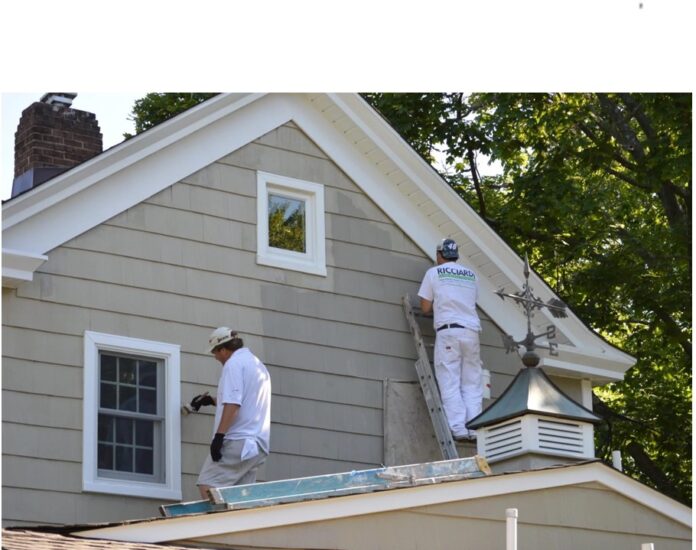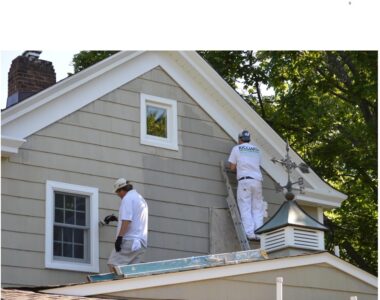A fresh coat of paint on your home’s exterior does more than just make it look nice. It also protects your siding from weather, moisture, and wear over time. But how often should you repaint? The answer depends on a few key factors, like the materials your home is made of, your local climate, and the quality of the last paint job. Knowing when it’s time can help you avoid bigger, more expensive repairs down the road.
General Guidelines by Material
Different siding materials hold paint differently. If your home is made of wood siding, you’ll likely need to repaint every 3 to 7 years. Wood is more vulnerable to moisture and sun exposure, so it needs regular upkeep.
Aluminum siding usually holds paint well for 5 to 10 years, depending on how well the surface was prepped and primed. Stucco exteriors need painting roughly every 5 to 6 years, while brick homes that have been painted may not need a refresh for up to 15 years—if high-quality paint was used and the surface was sealed properly.
Climatic Conditions and Exposure
Where you live plays a huge role in how often your paint job holds up. Homes in sunny areas experience more UV exposure, which fades and breaks down paint faster. If your house gets a lot of direct sunlight, you’ll probably need to repaint more often—especially on the south and west-facing walls.
If you live in a humid or rainy region, moisture can seep into your siding and cause the paint to peel or bubble. Snow and ice can have a similar effect, particularly if the siding isn’t well-sealed. Wind, dust, and salt in coastal areas can wear away paint quicker, too.
Signs It’s Time to Repaint
You don’t have to guess when it’s time to repaint—your house will give you clues. If you see peeling, cracking, or bubbling paint, that’s a clear sign the surface isn’t protected anymore. Another red flag is a chalky texture when you run your hand along the siding. That’s paint that’s breaking down from UV exposure.
Fading is also a signal that the protective qualities of the paint are wearing out. Stains or mildew, especially near gutters or at the base of the walls, can also point to trouble. And if you notice exposed wood or rust spots on metal siding, you’ll want to address it fast to avoid deeper damage.
Choosing the Right Paint and Color
Not all paint is created equal. Cheaper paint might look good initially, but it won’t last as long—especially outdoors. Invest in high-quality exterior paint that’s made to handle your climate. Some paints also include mildew resistance or built-in UV blockers, which can help you stretch out the time between repainting.
Lighter colors tend to fade more slowly than darker shades, and they also reflect sunlight better, which can be helpful in warm climates. Dark colors may look sleek but often need refreshing more frequently.
Maintenance Tips Between Paint Jobs
You can extend the life of your paint job with some basic maintenance. A gentle power wash once a year helps remove dirt, mold, and other buildup that can eat away at paint. Look for areas where the caulking around windows and doors might be cracking and re-seal them to keep water out.
Touching up small chips or peeling spots as soon as you see them also helps prevent moisture from getting underneath and causing bigger problems.
Conclusion
Repainting your home’s exterior at the right time protects your investment and keeps it looking sharp. Most homes need a refresh somewhere between every 5 to 10 years, but your specific materials, environment, and upkeep will influence that schedule.
If you’re noticing signs of wear or just want an expert opinion on whether it’s time for a repaint, reach out to LEN Roofing. Their team can assess your exterior and recommend the right type of paint, the best schedule, and even handle the prep and painting for a job that lasts.












